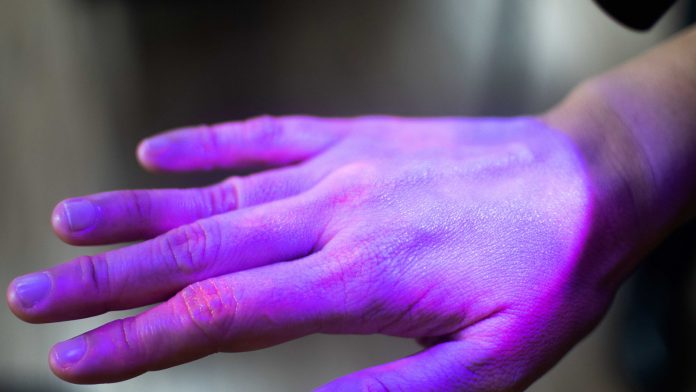
A new report has shown that the UV infection control market is set to grow to USD $524.8m (€477.49m) globally by 2027 at 6.5% Compound Annual Growth Rate (CAGR).
The rise in government focus on infection control programmes, increase in the prevalence of hospital acquired infections, and the rise in the adoption of technologically advanced UV equipment, are fuelling the growth of the global UV infection control devices market.
Allied Market Research has published a new report, ‘UV Infection Control Devices Market by Type (Mobile, Stationary, Other Types), End User (Hospital, Clinics, and Others): Global Opportunity Analysis and Industry Forecast, 2026–2026‘. According to the report, the global UV infection control devices industry was pegged at $317.4m (€288.79m) in 2018 and is expected to hit $524.8m (€477.49m) by 2026, registering a CAGR of 6.5% from 2019 to 2026.
The costs of UV devices
The high cost of UV infection control devices and stringent government regulation restrain the growth to some extent. However, high growth prospects in emerging markets is expected to create lucrative opportunities in the near future.
According to the report, based on type, the mobile segment contributed to more than two-fifths of the global UV infection control market share in 2018, and have the fastest CAGR of 7.3% throughout the forecast period. This is attributable to surge in the prevalence of hospital-acquired infections across the globe, and benefits associated with mobile UV infection control devices.
The end user segment
Based on the end user, the hospital segment held the major share in 2018, generating nearly half of the global UV infection control market. The segment is anticipated to maintain its dominance throughout the forecast period. Moreover, the same segment would showcase the fastest CAGR of 6.8% during the study period. This is attributed to the fact that hospitals receive different types of patients that require surgeries, which leads to an increase in the adoption of UV infection control devices, therefore driving the growth of the segment.








